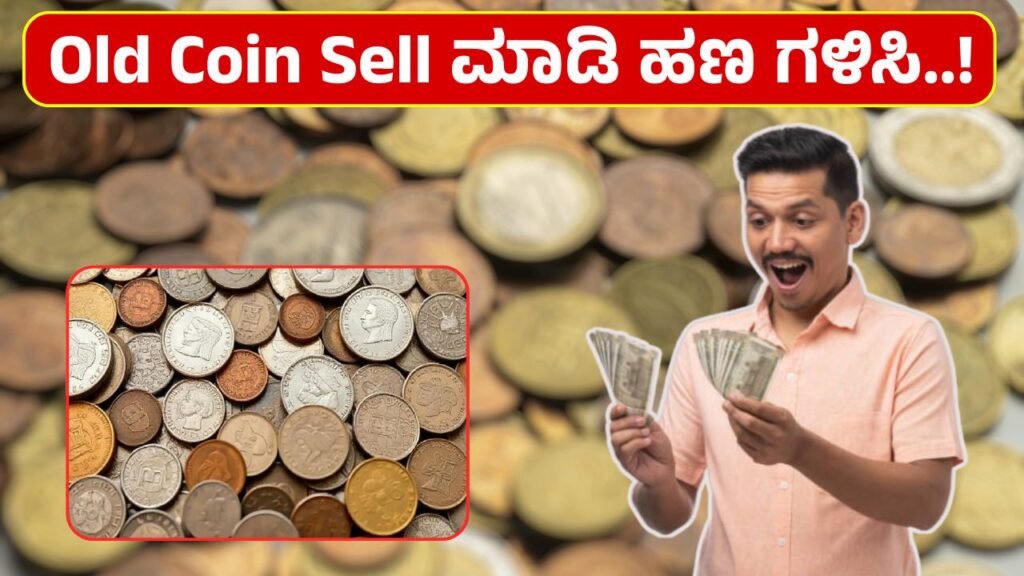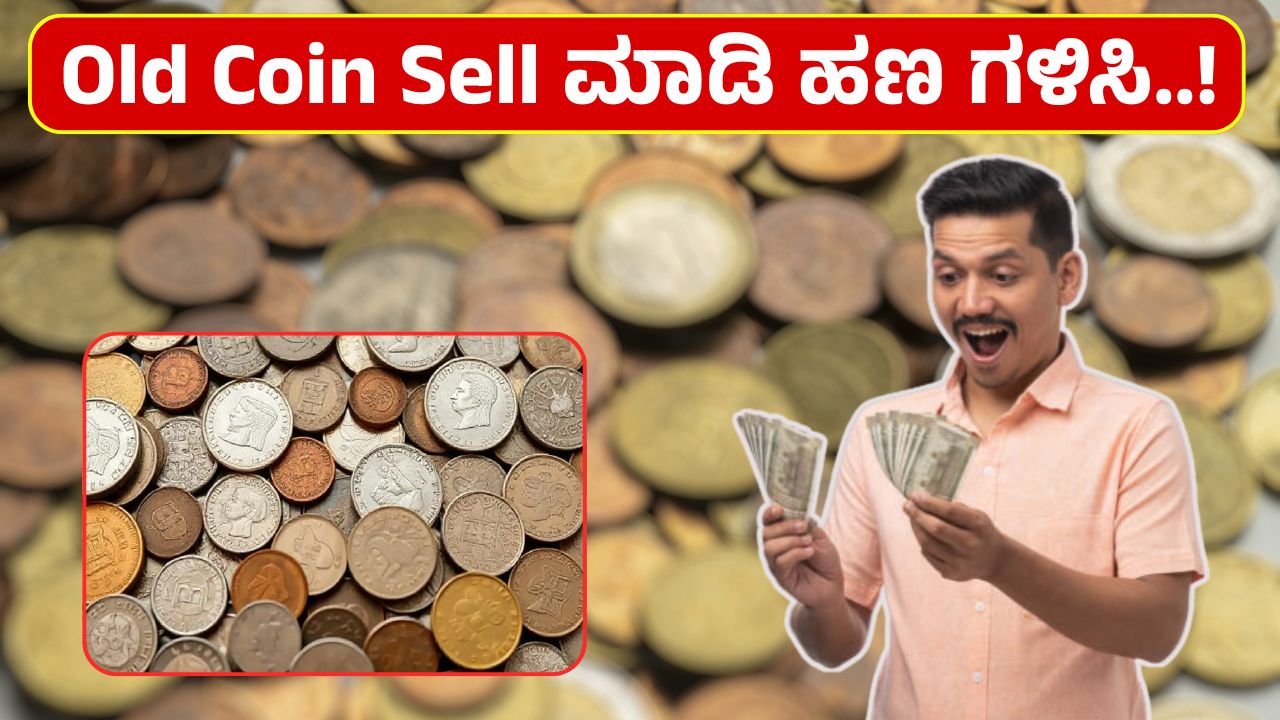Introduction:
India, with its vast and ancient history, has been a cradle of rich numismatic heritage. Coins from different eras—ranging from ancient kingdoms, medieval empires, colonial rulers, and post-independence India—carry immense historical and monetary value. In recent years, the trade and selling of old coins have gained popularity, not only among collectors and historians but also among ordinary individuals looking to sell inherited or found coins for a profit. This essay provides comprehensive information on the process, legality, platforms, and tips for selling old coins in India.

Historical Significance of Old Coins
Old coins in India tell fascinating stories. Ancient coins from the Maurya, Gupta, and Mughal empires often depict royal figures, deities, and symbols of power. Colonial-era coins issued by the British East India Company and later by the British crown bear the faces of British monarchs and were used throughout India until independence. Post-independence coins also attract interest, especially rare mintage years or error coins. These coins not only appeal to collectors but also have historical value that makes them attractive to museums and private buyers.
Is It Legal to Sell Old Coins in India?
Yes, it is generally legal to sell old coins in India, especially if they are not classified as antiquities under the Antiquities and Art Treasures Act, 1972. According to this law, coins that are over 100 years old may be considered antiquities and require registration with the Archaeological Survey of India (ASI). Coins that are less than 100 years old and not of archaeological importance can be freely sold or traded. However, individuals should avoid selling rare coins without proper authentication, especially if they may have been excavated or smuggled.
Where and How to Sell Old Coins
There are several ways to sell old coins in India:
- Online Marketplaces:
Websites like OLX, Quikr, and eBay India allow individuals to list and sell old coins. Sellers can upload images, descriptions, and prices. It is important to include clear photos and accurate details about the coin’s condition, year, metal type, and origin. - Numismatic Websites and Forums:
Specialized websites such as Indiancoinmill.com, Mintage World, and CoinBazzar cater specifically to coin collectors and traders. These platforms often have better pricing and informed buyers. - Coin Dealers and Exhibitions:
Visiting professional coin dealers or numismatic exhibitions can be beneficial. Dealers can offer appraisals, while exhibitions often host auctions where coins can fetch competitive prices. - Social Media and WhatsApp Groups:
Many coin collectors and sellers operate through Facebook groups or WhatsApp communities. While informal, these groups can connect you with interested buyers quickly. However, caution is advised to avoid scams.
Tips for Selling Old Coins
- Get Coins Valued: Consult with a professional numismatist or dealer for a fair appraisal.
- Authenticate the Coin: Certificates of authenticity can boost credibility and value.
- Clean With Caution: Improper cleaning may reduce the coin’s value. It is best to leave them in their natural state.
- Research: Understand the coin’s background—minting year, rarity, and metal composition.
- Avoid Scams: Never pay upfront money to buyers claiming to give you lakhs or crores. Many scam ads pretend to offer huge amounts for ordinary coins.
Common Misconceptions
There are many misleading advertisements claiming that certain coins—like a ₹1 coin from 1992 or a coin with an image error—can fetch crores. While rare coins can be valuable, most common old coins are worth modest amounts. It’s crucial to approach this market with realistic expectations and verify claims from credible sources.
Conclusion
Selling old coins in India can be both a profitable and educational experience. With proper knowledge, legal understanding, and the right platforms, individuals can safely and successfully engage in this hobby or business. As India continues to cherish its historical legacy, the trade of old coins remains a small but significant part of preserving and celebrating the past.
